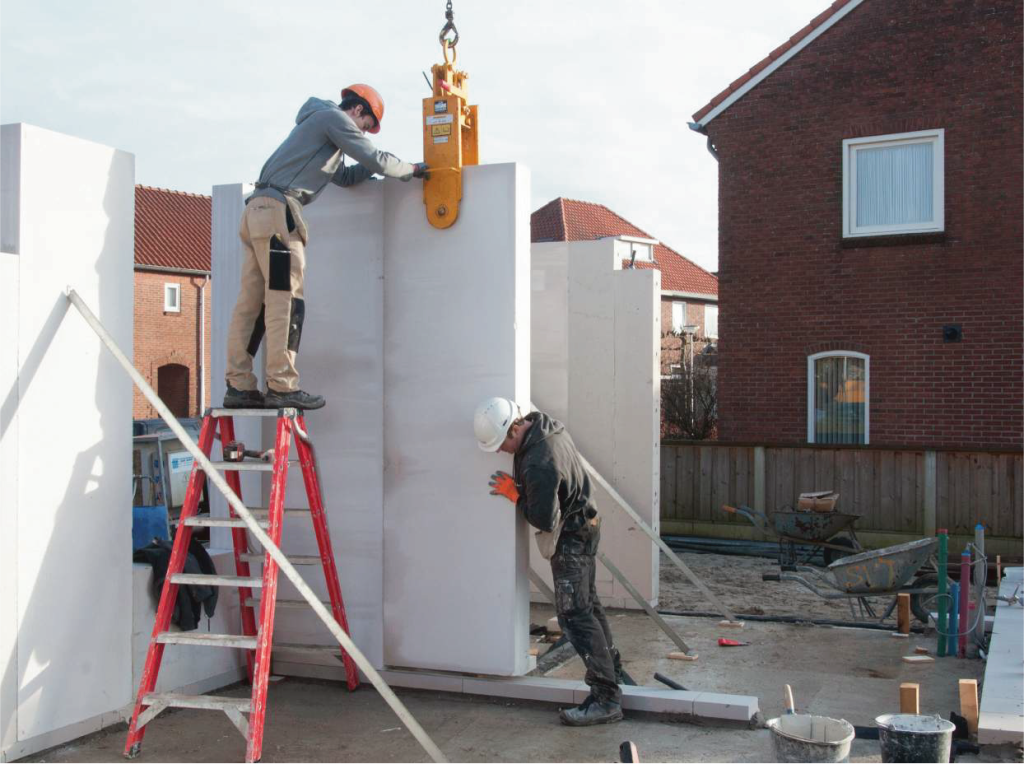
Services
What is Autoclaved Aerated Concrete?
AAC is a fine aggregate concrete containing air pockets. It is a lightweight masonry with excellent thermal insulation. It is highly resistant to fire, mold and rot, and is fast and easy to install, giving buildings superior properties over conventional wood-frames and concrete assemblies.
Aerated concrete units are used extensively in Europe and Asia, with over 2000 operating facilities globally.













